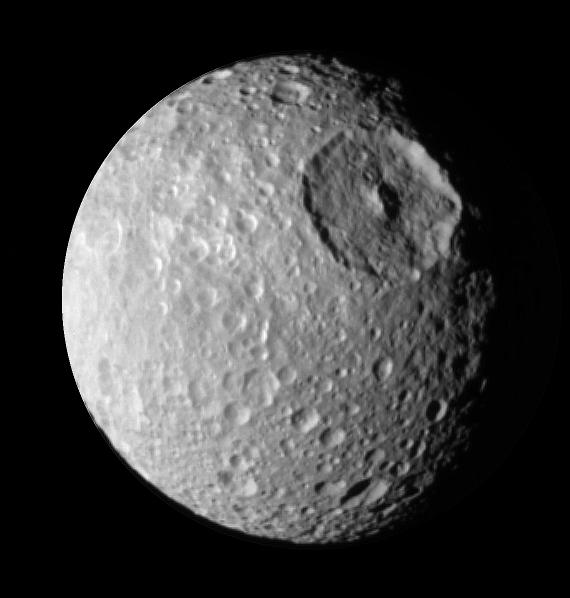There is now a new hypothesis concerning the extinction of mammoths and co. in vogue trough the mass media - Dough Kennet and his research team of the University of Oregon claims that 12.900 years old nano-diamonds found in north American sediments shows that an impact of an extraterrestrial body maybe can blamed to have caused the extinction at the end of the Pleistocene (Play ASTEROID).

A similar (if not identical) claim was presented during the congress of the AGU in spring 2007, and a short discussion about the topic was published in Science also in 2007.
The institutions of Richard Firestone and the Lawrence Berkeley National Laboratory reported in 2007 that they had discovered in a peaty stratum iridium, iron particles and “bucky balls” (a carbon-modification produced by high temperature and pressure), signs for an impact of an extraterrestrial body. But no crater or shocked quartz (produced by the shock waves from the impact) was found, so the researches guessed that the asteroid exploded in the atmosphere, presumably over the icecaps of Greenland.
An ulterior "confirm" came from the fossil bones of 10.000 years old mammoth and bison remains. On the bones were found small holes (2-3mm) with burnt zones, containing iron and nickel-rich particles with an unusual isotopic composition.
The extraterrestrial-body-impact is blamed to have caused the extinction of the Pleistocene megafauna by burning it down, and furthermore, the melting ice caps of Greenland should have caused an arrestment or a slowdown of the Gulf Stream, causing a 1.500 years olong cooling in Europe, the so called Younger Dryas.
The hypothesis is disputable – blaming catastrophic events for mass extinction, without clear mechanism how an event can cause the disappearance of a species, is easy. Also, C14-dated fossils of Pleistocene mammals shows no distinct pattern or a suddenly extinction events like the asteroid scenario requires.
Furthermore the cause of the Younger Dryas deterioration phase is still unknown - the cause was also blamed on the eruption of the “Laaches See Tephra”, after a volcanic eruption in Germany happened (also) 12.900 years ago.
And finally the influence of melt water on the transport mechanism of the Gulf Stream is highly debated; it seems improbable that an import of freshwater has even an influence on this marine current.
KERR, R.A. (2007): Mammoth-Killer Impact Gets Mixed Reception From Earth Scientists. Science 316: 1264-1265
BECKER (2007): Abstract: The End Pleistocene Extinction Event - What Caused It? Eos Trans. AGU, Abstract PP41A-03
BECKER (2007): Ice Age Impact. mp3 4MB (by the Canadian Broadcast)





Keine Kommentare:
Kommentar veröffentlichen